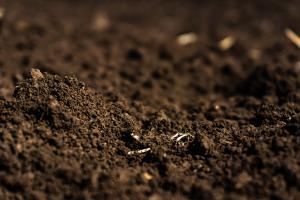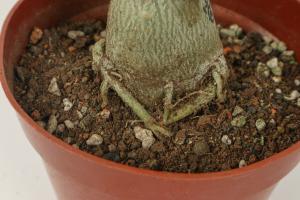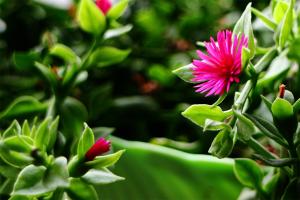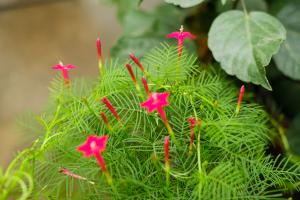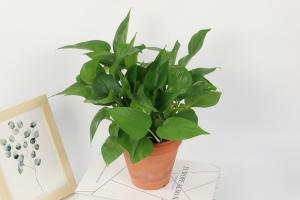Why is My Snake Plant Dying?
Snake plants, also known as Sansevieria, are a popular choice for indoor plants due to their low maintenance and hardiness. However, even the most resilient of plants can experience issues with growth and health. If you鈥檝e noticed that your snake plant seems to be dying, there are several potential culprits that could be to blame. In this article, we鈥檒l explore some common reasons why snake plants might be struggling, as well as tips for reviving them.
Environmental Factors
One common reason why snake plants may be dying is due to suboptimal environmental conditions. These plants can be sensitive to extremes in heat, cold, light, and humidity. For instance, if your snake plant is placed in an area where it receives direct sunlight for several hours a day, it may begin to dry out and show signs of damage. Alternatively, if the air in your home is excessively dry, this can lead to brown or yellow edges on the plant鈥檚 leaves.
To prevent environmental issues from harming your snake plant, ensure that it is placed in a location with indirect light and moderate temperatures (ideally between 60 and 80 degrees Fahrenheit). Additionally, consider using a humidifier or regularly misting the plant to maintain adequate moisture levels.
Over or Underwatering
Another common issue among snake plants is over or underwatering. These plants prefer well-draining soil that allows excess water to escape. If the soil is too dense or the pot does not have adequate drainage holes, this can lead to water buildup that drowns the plant's roots. Additionally, if you鈥檙e underwatering your plant, its leaves may begin to yellow, curl, or wilt.
To prevent watering issues, ensure that your snake plant is potted in a container with adequate drainage. Additionally, only water the plant when the top inch of soil is dry to the touch.
Pest Infestations
Finally, snake plants may be vulnerable to common indoor plant pests such as spider mites, mealybugs, and scale insects. These pests can cause damage to the plant鈥檚 leaves, stems, and roots, leading to stunted growth or dieback.
To prevent pest infestations, regularly inspect your snake plant for any signs of damage or infestation. If you do notice an issue, consider using a natural pest control method (such as neem oil) to eradicate the issue without causing harm to your plant.
Conclusion
In summary, a dying snake plant can be the result of several factors, including environmental issues, watering problems, and pest infestations. If you notice that your plant is struggling, take action to address these potential issues by providing optimal growing conditions, adjusting watering practices, and treating any pest infestations that may be present. With proper care, your snake plant can thrive for years to come.

 how many times do yo...
how many times do yo... how many planted tre...
how many planted tre... how many pine trees ...
how many pine trees ... how many pecan trees...
how many pecan trees... how many plants comp...
how many plants comp... how many plants can ...
how many plants can ... how many plants and ...
how many plants and ... how many pepper plan...
how many pepper plan...